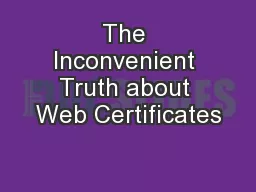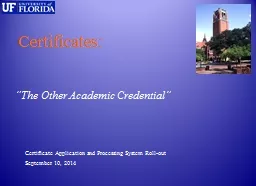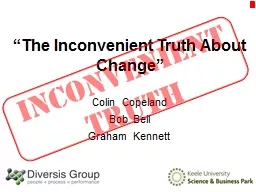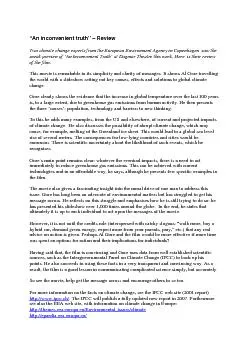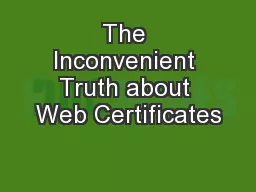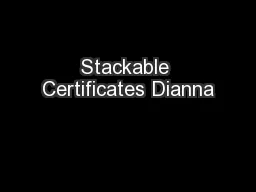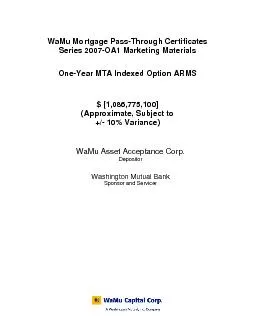PPT-The Inconvenient Truth about Web Certificates
Author : pasty-toler | Published Date : 2016-02-25
Nevena Vratonjic Julien Freudiger Vincent Bindschaedler JeanPierre Hubaux June 2011 WEIS11 2 Impersonation Eavesdropping Modifications Authentication Confidentiality
Presentation Embed Code
Download Presentation
Download Presentation The PPT/PDF document "The Inconvenient Truth about Web Certifi..." is the property of its rightful owner. Permission is granted to download and print the materials on this website for personal, non-commercial use only, and to display it on your personal computer provided you do not modify the materials and that you retain all copyright notices contained in the materials. By downloading content from our website, you accept the terms of this agreement.
The Inconvenient Truth about Web Certificates: Transcript
Download Rules Of Document
"The Inconvenient Truth about Web Certificates"The content belongs to its owner. You may download and print it for personal use, without modification, and keep all copyright notices. By downloading, you agree to these terms.
Related Documents

